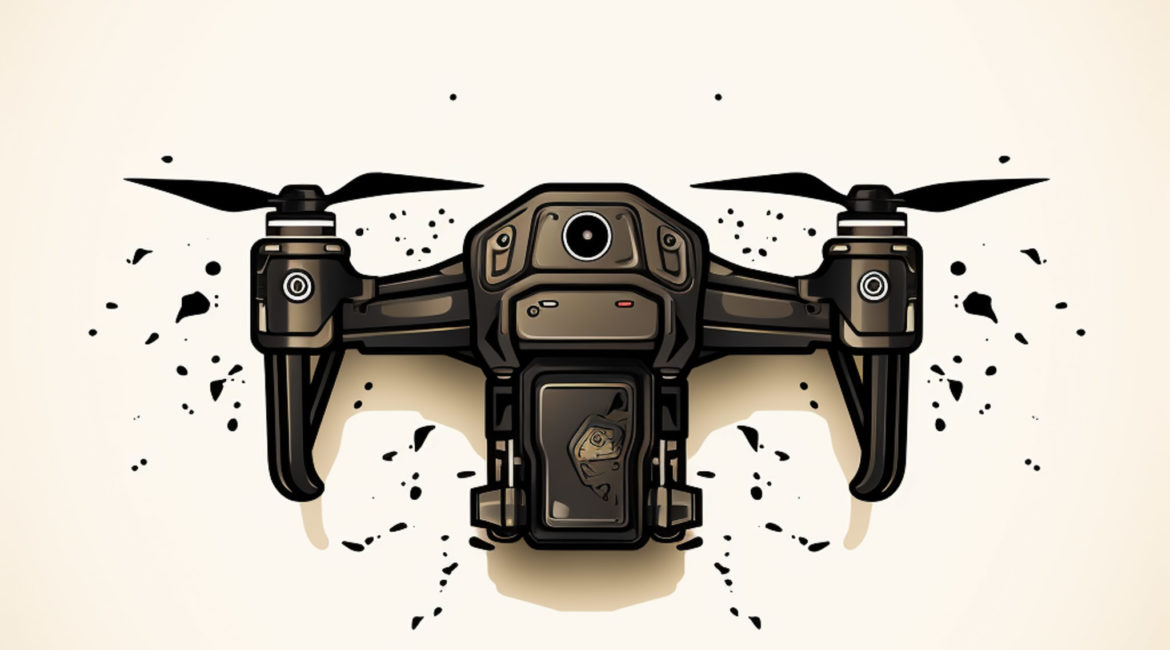As drone technology continues to advance, one of the key aspects that drone enthusiasts and professionals are constantly striving to improve is flight time and performance. The battery life of a drone plays a crucial role in determining how long it can stay in the air and how efficiently it can operate. In this article, we will explore some valuable tips and techniques to help you maximize the flight time and performance of your drone.
1. Introduction: The Importance of Drone Battery Optimization
When it comes to drones, flight time is a crucial factor. Whether you are an amateur drone pilot capturing stunning aerial footage or a professional using drones for commercial purposes, maximizing flight time is essential to achieve your goals effectively. By optimizing drone battery performance, you can prolong your flights, increase productivity, and ensure a smooth flying experience.
2. Choosing the Right Battery
To maximize flight time and performance, it’s vital to select the right battery for your drone. Different drones have different power requirements, so it’s crucial to choose a battery that is compatible and provides optimal performance for your specific drone model. Consider factors such as voltage, capacity, and weight when selecting a battery.
3. Understanding Battery Specifications
Understanding battery specifications is essential for optimizing flight time. Pay attention to the voltage rating, measured in volts (V), which determines the power output of the battery. The capacity, measured in milliampere-hours (mAh), indicates how long the battery can provide power. Higher capacity batteries generally offer longer flight times. Additionally, consider the battery’s discharge rate, as it affects the overall performance and stability of the drone.
4. Battery Charging Best Practices
Proper charging practices can significantly impact the lifespan and performance of your drone battery. Follow these best practices to ensure optimal charging:
- Use the original charger or a reputable third-party charger recommended by the drone manufacturer.
- Avoid overcharging the battery, as it can cause damage. Remove the battery from the charger once it reaches full capacity.
- Allow the battery to cool down before charging it after a flight.
- Store batteries at a stable temperature and avoid extreme heat or cold while charging.
5. Pre-flight Battery Preparation
Before each flight, it’s crucial to prepare your drone battery properly. Follow these steps for optimal performance:
- Ensure the battery is fully charged before takeoff.
- Clean the battery contacts and ensure a secure connection between the battery and the drone.
- Check for any physical damage or swelling on the battery. Damaged batteries should not be used, as they can pose safety risks.
6. Optimizing Flight Settings
Adjusting the flight settings of your drone can help maximize flight time and performance. Consider the following:
- Fly in optimal weather conditions with minimal wind resistance.
- Reduce the drone’s weight by removing unnecessary accessories or payloads.
- Adjust flight modes and speed settings to conserve battery power.
- Utilize features like “Return to Home” to conserve battery life during emergencies.
7. Monitoring Battery Health
Regularly monitoring your drone battery’s health is crucial for long-term performance. Most drones come with battery management systems that provide information on voltage levels, cell balance, and overall health. Pay attention to these indicators and take appropriate actions, such as recalibrating or replacing the battery when necessary.
8. Maintaining Ideal Flying Conditions
Flying in ideal conditions can significantly impact your drone’s flight time and performance. Consider the following factors:
- Avoid flying in extreme temperatures, as they can affect battery performance.
- Fly in open areas with minimal obstacles and interference.
- Optimize flight routes to minimize unnecessary maneuvers and conserve battery power.
- Be mindful of flight speed, as higher speeds consume more battery power.
9. Avoiding Overexertion and Extreme Temperatures
Overexerting your drone or subjecting it to extreme temperatures can negatively affect its battery life and performance. Avoid the following:
- Flying your drone at maximum speed or performing aggressive maneuvers consistently.
- Operating the drone for extended periods without allowing it to rest.
- Exposing the drone to extreme heat or cold for prolonged durations.
10. Battery Storage and Transportation
Proper storage and transportation of drone batteries are essential for maintaining their longevity and performance. Follow these guidelines:
- Store batteries in a cool, dry place, away from direct sunlight or moisture.
- Avoid storing batteries with a full or empty charge. Aim for a charge level between 40% and 60%.
- Use protective cases or bags specifically designed for battery transportation.
11. Increasing Flight Time with Add-ons
There are several add-ons and accessories available that can help increase the flight time of your drone. Consider the following options:
- High-capacity batteries: Invest in batteries with higher capacities to extend flight time.
- Battery charging hubs: Use charging hubs that can charge multiple batteries simultaneously, reducing downtime.
- Power banks: Carry portable power banks to recharge your drone batteries on the go.
12. Innovations in Drone Battery Technology
Drone battery technology is constantly evolving, leading to innovations that enhance flight time and performance. Keep an eye out for advancements such as:
- Improved energy density for longer flights.
- Rapid charging technologies for reduced downtime.
- Intelligent battery management systems for enhanced performance and safety.
Conclusion
Maximizing flight time and performance is a top priority for drone enthusiasts and professionals alike. By implementing the tips and techniques outlined in this article, you can optimize your drone’s battery performance, extend flight time, and enhance overall drone experience. Remember to always prioritize safety and follow manufacturer guidelines for battery usage and maintenance.




